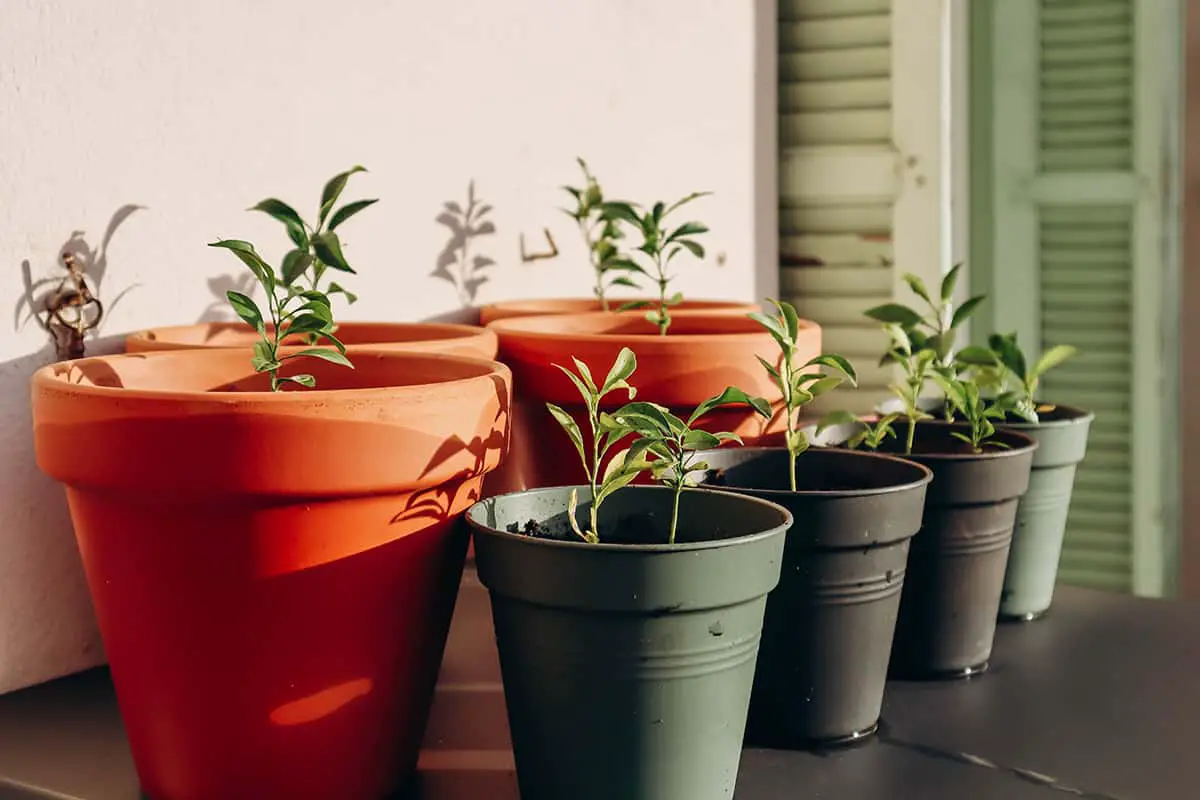February is an ideal time to propagate houseplants, extending the lush greenery in your home. During this month, the increasing daylight and the start of the growing season provide favorable conditions for new growth. Propagating your houseplants not only adds to your collection but also rejuvenates existing plants, encouraging healthier, more vigorous development.
By choosing to propagate in February, you give your plant cuttings a head start. With spring on the horizon, cuttings have ample time to establish roots before the demands of the active growth phase kick in. This timely propagation leads to stronger, more resilient plants that are more likely to thrive.
Table of Contents
- Pothos (Epipremnum Aureum)
- Spider Plant (Chlorophytum Comosum)
- Snake Plant (Sansevieria)
- ZZ Plant (Zamioculcas Zamiifolia)
- Monstera Deliciosa
- Philodendron
- Rubber Plant (Ficus Elastica)
- Jade Plant (Crassula Ovata)
- African Violet (Saintpaulia)
- Peace Lily (Spathiphyllum)
- Swiss Cheese Plant (Monstera Adansonii)
- Wandering Jew (Tradescantia)
- English Ivy (Hedera Helix)
- Heartleaf Philodendron (Philodendron Hederaceum)
- String Of Pearls (Senecio Rowleyanus)
- Aloe Vera
- Begonia
- Christmas Cactus (Schlumbergera)
Pothos (Epipremnum Aureum)
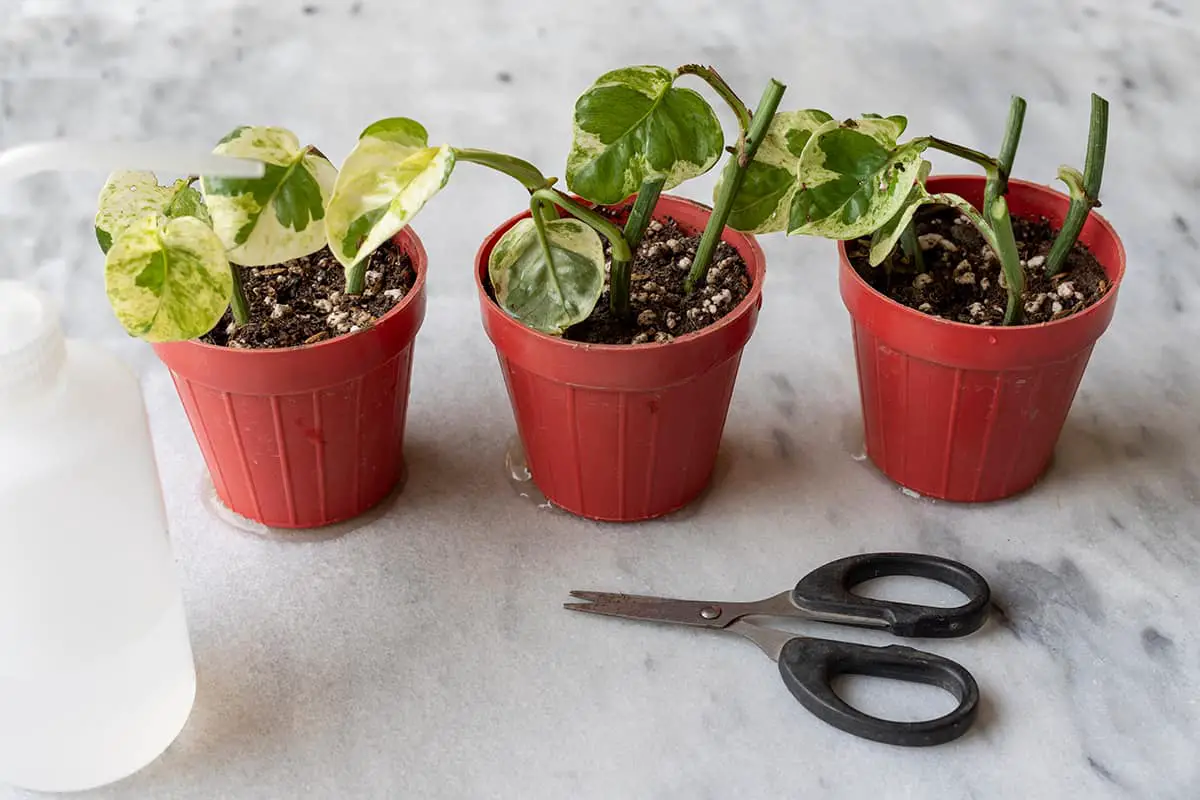
Pothos, also known as Epipremnum aureum, is a popular houseplant. In February, it’s an ideal time to propagate pothos.
Propagating this plant requires only a few steps. First, cut a 4-inch section just below a leaf node. Make sure your cutting has 3-4 leaves. Remove the lower leaves, leaving only the top ones.
Next, place your cutting in water. The water should be at room temperature. Change the water every few days to keep it fresh. Roots usually appear within a week or two.
Once rooted, plant your pothos cutting in potting soil. A small pot with drainage holes is best. Keep the soil moist, but be careful not to overwater.
Spider Plant (Chlorophytum Comosum)
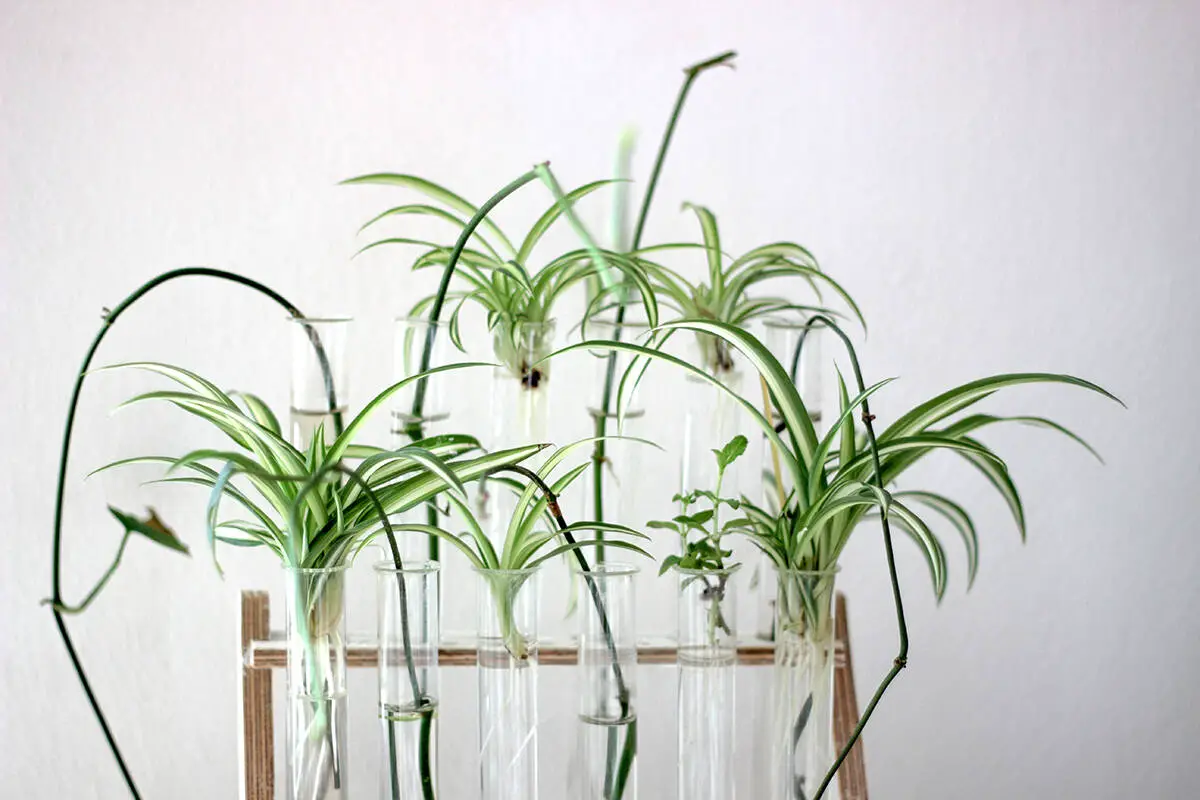
The Spider Plant, known for its resilience, thrives in your care even with minimal attention. February is an optimal time for propagating this sturdy plant. You should start by identifying the small plantlets, also referred to as ‘pups’, which sprout from the mother plant on long stems.
Propagation becomes easy with these plantlets. Cut them off when they develop a few roots. You have a choice to root them in water or plant them directly into the soil. If rooting in water, submerge only the roots, not the leaves, and within a week or two, you’ll notice growth.
Keep the soil of your newly potted Spider Plant slightly moist but ensure it’s well-drained to prevent root rot. Bright, indirect light is ideal for growth, making it perfect for indoor environments. Use containers that are one size larger than the root ball to allow for adequate growth, but also remember that they do well when slightly pot-bound.
Care tips include avoiding overwatering and providing regular but moderate feeding during the growth season.
Snake Plant (Sansevieria)
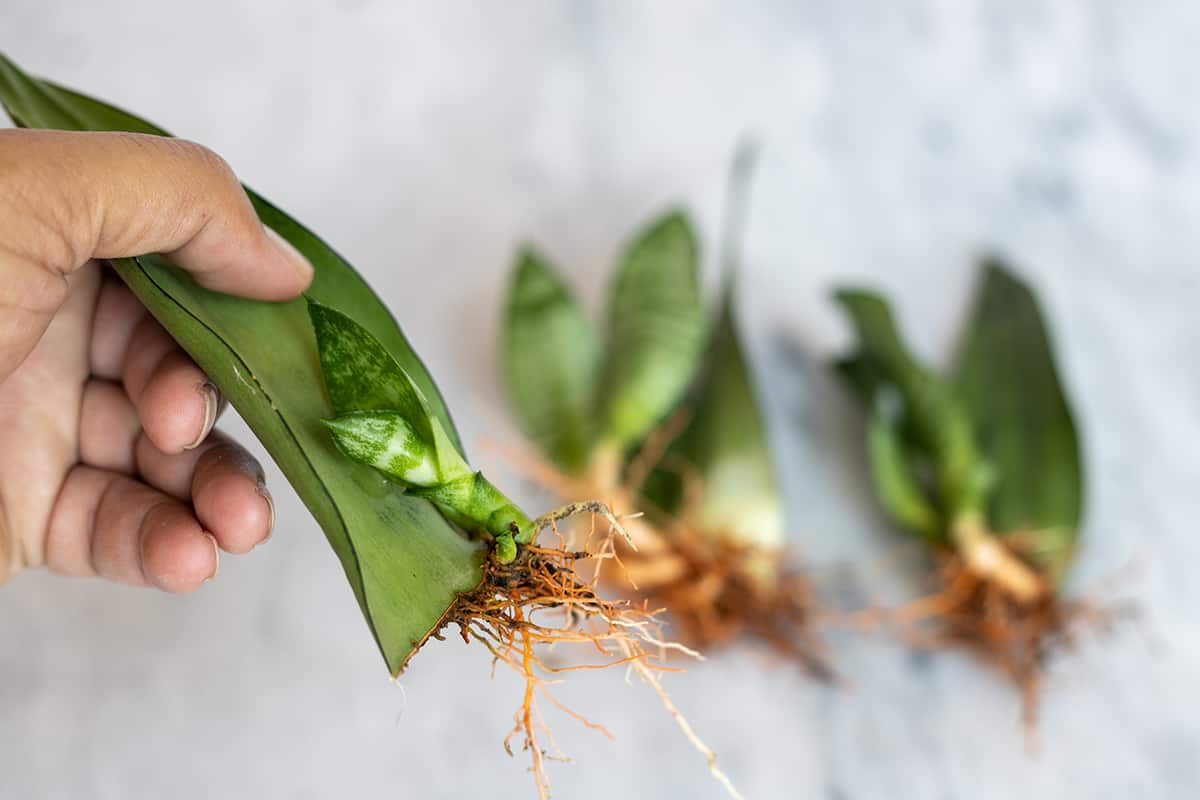
The Snake Plant’s hardy nature makes it ideal for propagation in February.
You can propagate your Snake Plant using leaf cuttings. Select a healthy leaf and snip it into sections. Remember, the cut closer to the root is the bottom. The leaf’s pattern assists in this distinction.
To propagate, start by selecting a strong, vibrant leaf and then cut it into segments, each measuring 3-4 inches tall. Next, apply rooting hormone to the bottom cut of each piece. Rooting can take place either in water or directly in soil.
Your Snake Plant will thrive in a range of environments. It needs minimal care once established. Place it in indirect light, water sparingly, and watch it grow.
Remember to keep the soil well-drained. Snake Plants don’t like overly wet conditions. New growth will likely appear in a few weeks, indicating successful propagation.
ZZ Plant (Zamioculcas Zamiifolia)
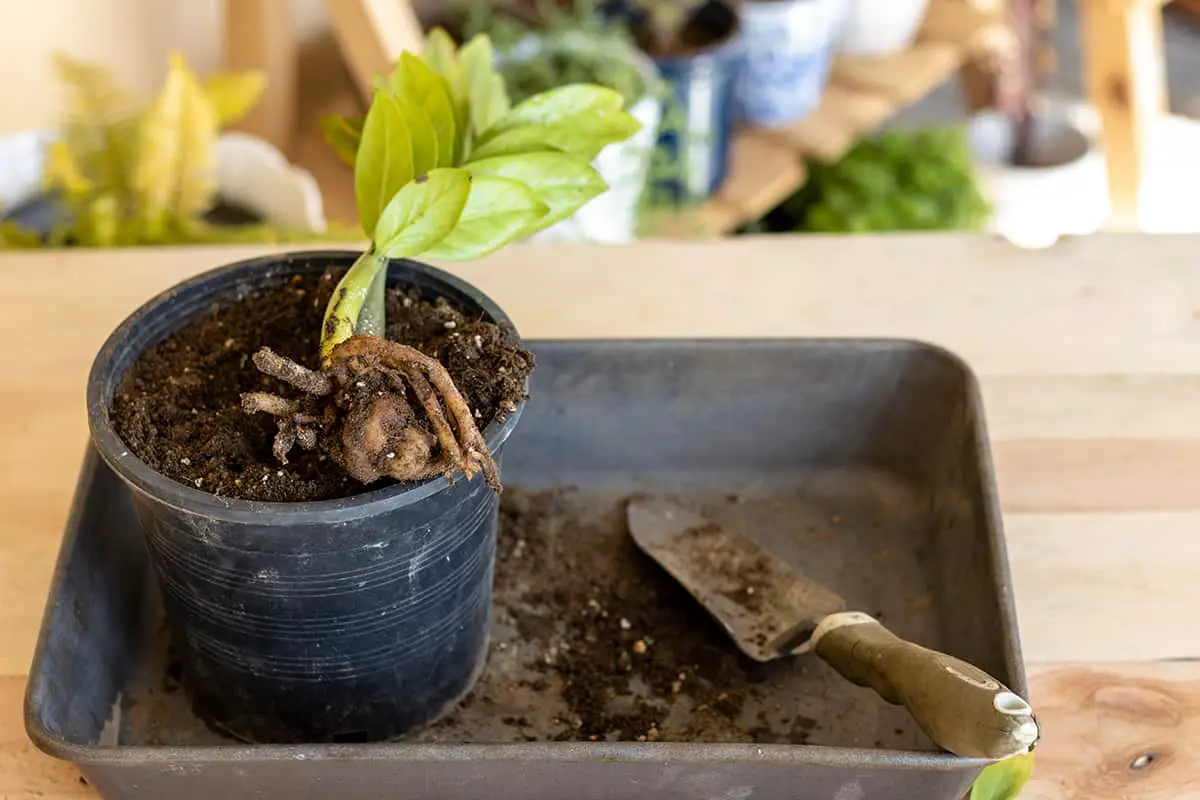
ZZ Plants, with their waxy, green leaves, are a smart choice for propagation this season.
To start, select a healthy leaf from your ZZ Plant. Cut it close to the base using a sharp, clean blade. You have two methods to root the cutting: water or soil.
For water propagation, place the leaf in a jar filled with water. Ensure the cut end is submerged. Roots should emerge in a few weeks. Change the water weekly to keep it fresh.
To propagate in the soil, plant the leaf in a moist potting mix. Position it upright, cut end down. Then, wait for roots to form. Give it indirect light and keep the soil damp. Avoid direct sunlight as it can harm the new growth.
Your ZZ Plant will flourish with warmth and partial shade. Water it when the top inch of soil feels dry. Overwatering can damage this plant, so let the soil dry between watering.
Monstera Deliciosa
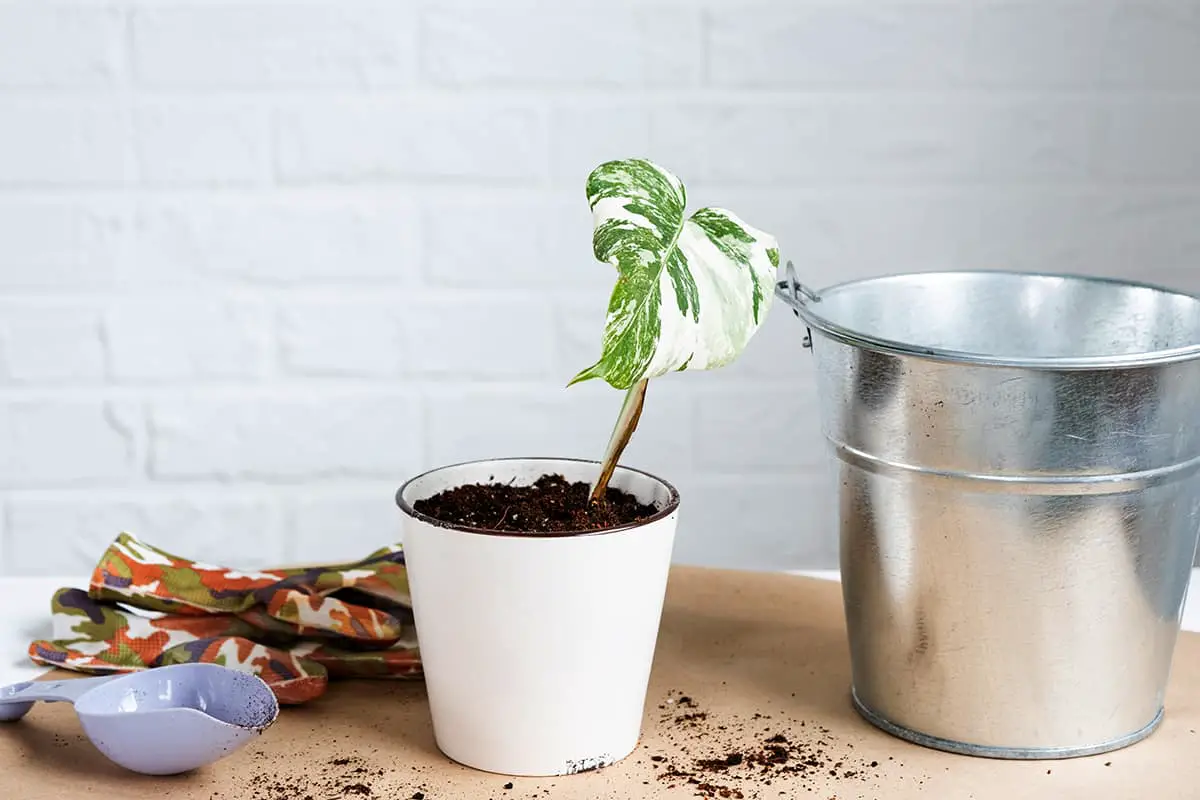
Monstera deliciosa thrives in your home with medium light. Its native habitat is the understory of Central America. You can propagate this beautiful plant easily. Take a cutting that includes at least one node.
Rooting the node is simple, but it requires patience. You should expect roots in a few weeks. Rotating the pot promotes even growth. Keep the soil moist but not soggy.
Mature Monstera deliciosa need water once a week. Check the topsoil; if it’s dry down to two inches, it’s time to water. Overwatering leads to root rot, so careful observation is key.
To propagate successfully, select a healthy section. It should include a node. Cut just below this node for the best results. After cutting, place it in water or soil. New leaves will sprout usually within two to three months.
Your plant will benefit from regular feeding. Use a balanced fertilizer during the growing season. Suspend feeding in fall and winter. This mimics the natural growing cycle.
Philodendron
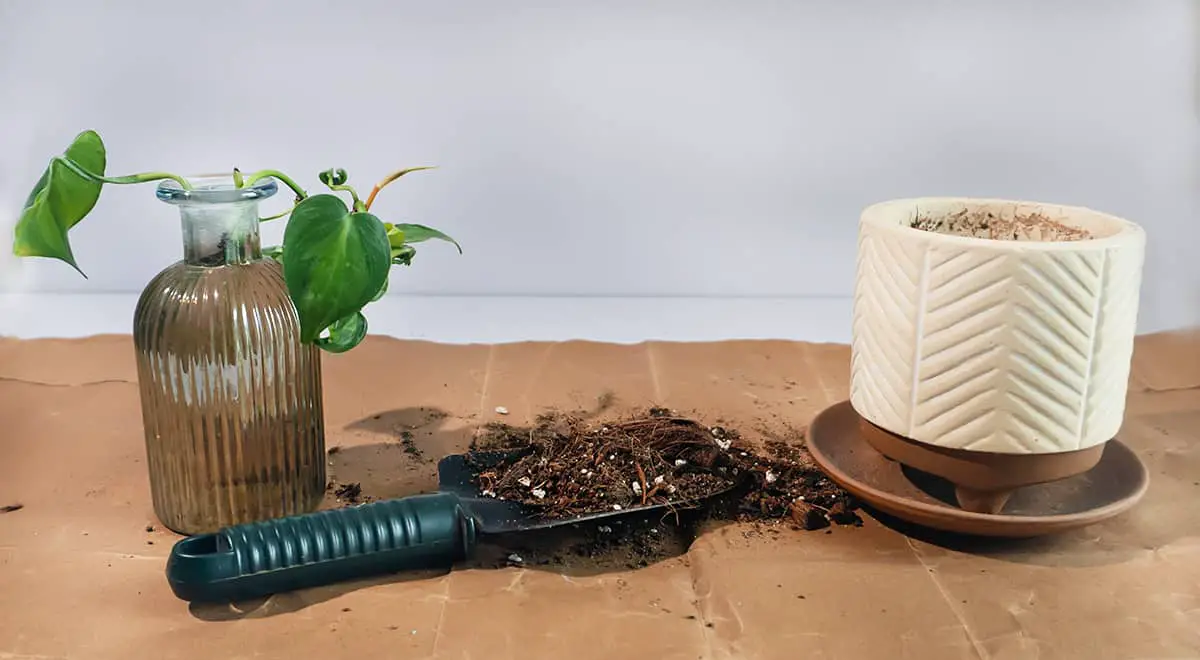
February provides an opportunity for you to begin a new Philodendron growth. You can easily propagate philodendrons by using stem cuttings. Choose a healthy stem from your parent plant. The stem should be 3 to 6 inches long for optimal results.
You must remove the lower leaves before propagating. This ensures that energy focuses on root development. Place your stem cutting in water or a rooting medium. Water propagation lets you observe root growth. In rooting media, such as perlite or well-drained potting soil, cuttings also thrive.
Your cuttings need indirect light and warmth to root well. It’s important to change the water frequently if rooting in water. This keeps the water fresh and encourages healthy root growth. When roots appear, normally within a few weeks, transfer your new philodendron to the soil.
For young Philodendrons, it’s ideal to provide them with bright, indirect sunlight. The soil should be kept moist but not soggy, watering the plant when the top inch of soil feels dry. Aim for night temperatures between 65 to 70 °F and day temperatures of 75 to 85 °F.
Rubber Plant (Ficus Elastica)
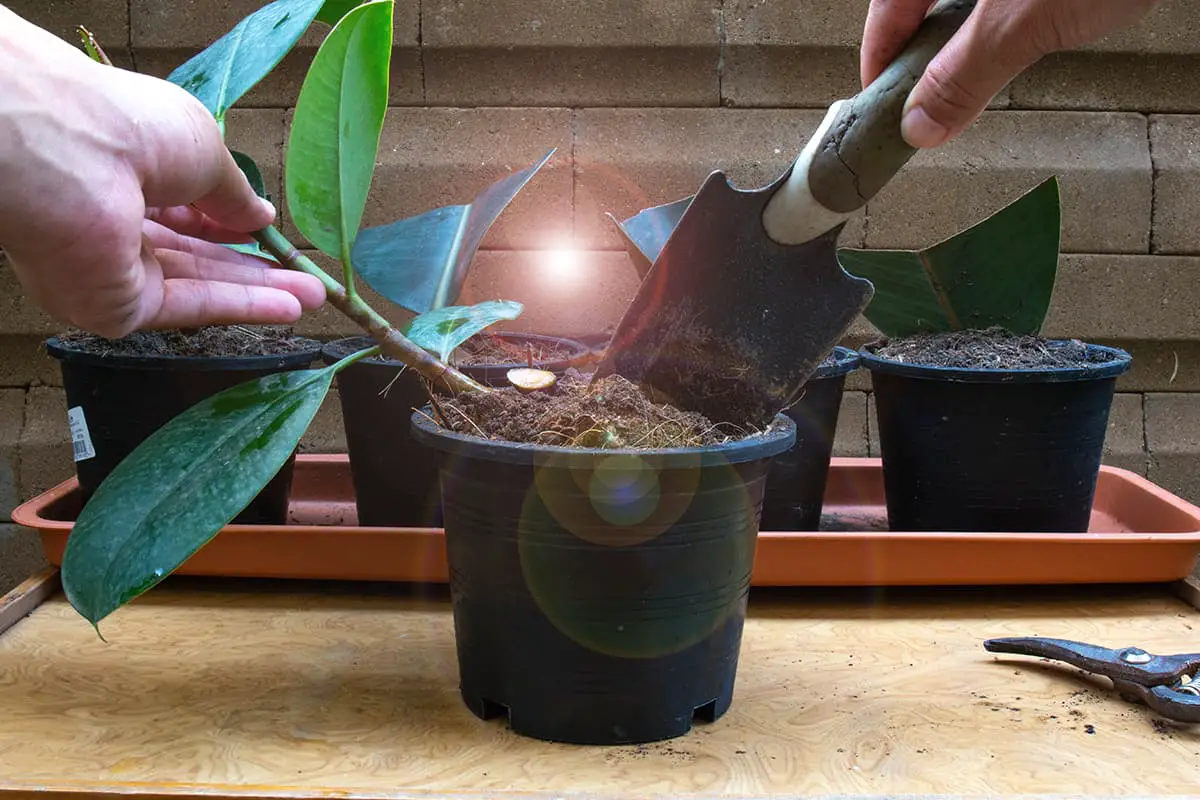
Growing a rubber plant at home adds a touch of elegance with its glossy leaves. February is a prime time to propagate this hardy indoor plant. You’ll find the process straightforward and rewarding.
Rubber plants thrive in bright light but adjust well to low light. They favor warm temperatures between 60 to 65 °F at night and 75 to 80 °F during the day. Keep your rubber plant away from cold drafts and sudden temperature drops.
Air layering is a preferred method for propagating rubber plants. Select a stem section about 12 to 18 inches from the tip for this technique. Make sure to remove any nearby leaves. You’ll need to use a sharp knife to wound the stem, allowing roots to develop.
Once rooted, plant the new rubber plant in a pot with well-draining soil. Maintain consistent watering, but be cautious not to over-water. The plant will grow best with consistent but moderate care.
Jade Plant (Crassula Ovata)
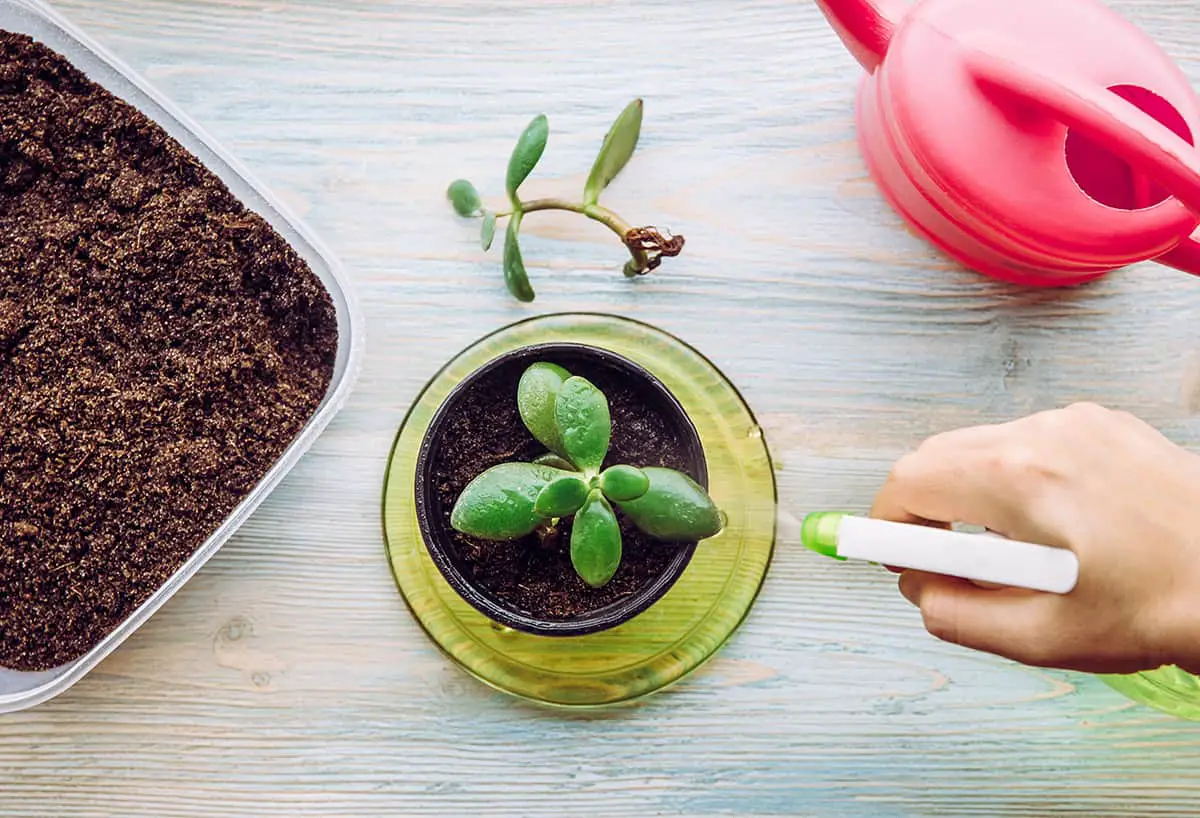
Your February propagation efforts can start with this plant. It is simple and rewarding. You need a healthy leaf or stem cutting.
Place the cutting in well-draining soil. Ensure it is moist and warm. Indirect sunlight suits new cuttings best. Roots will form in a few weeks.
Once a new plant is established, minimal care is needed. Water Jade Plants when the soil is dry. Avoid soggy conditions. Your plant will grow best in bright, indirect light.
Crassula ovata can become a long-lived houseplant. With proper care, it develops a woody stem and lush, green leaves. Some plants flower in wintertime, adding small, star-shaped blossoms to your indoor garden.
African Violet (Saintpaulia)
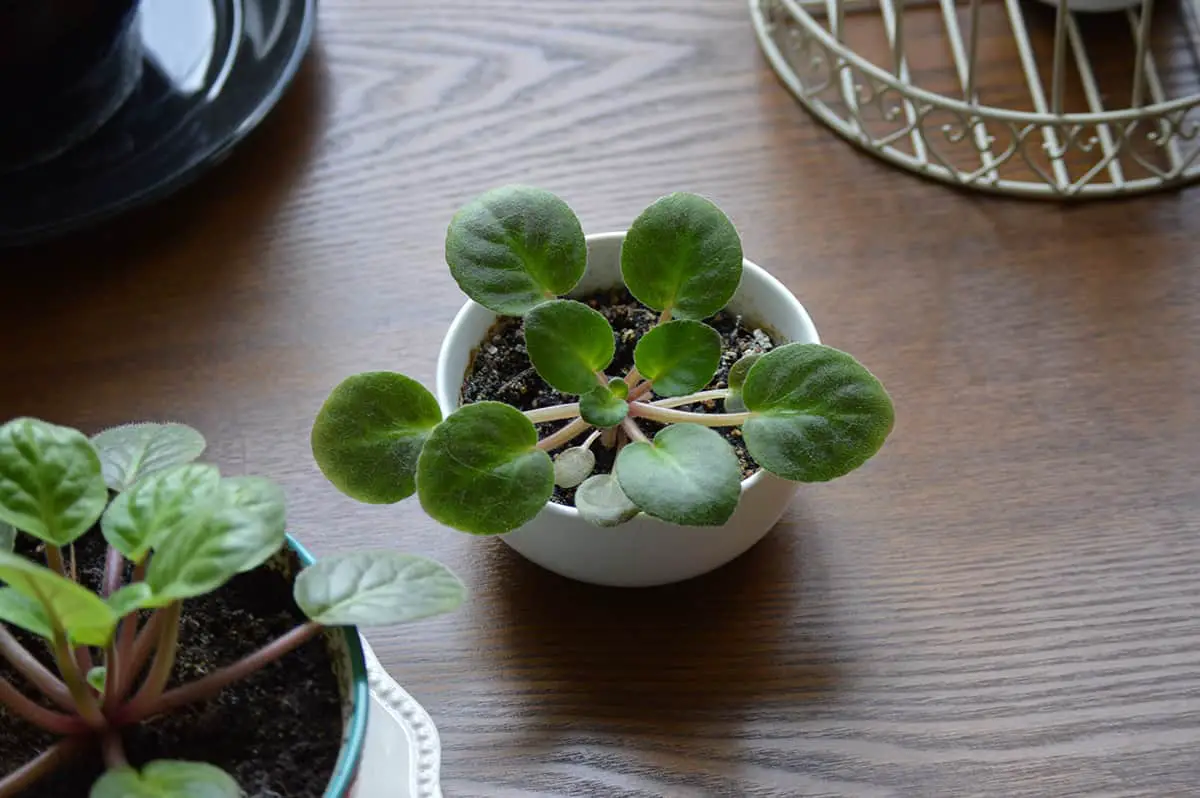
African violets are perfect for propagation in February. These plants thrive indoors with minimal care. Start by selecting a healthy leaf from an established African violet. Cut the stem at a 45-degree angle.
Place the leaf stem in a light potting mix. Keep the soil moist but not waterlogged. Ideal conditions include bright indirect light and average home temperatures.
New growth appears in a few weeks. You’ll see tiny leaves emerging from the base.
Peace Lily (Spathiphyllum)
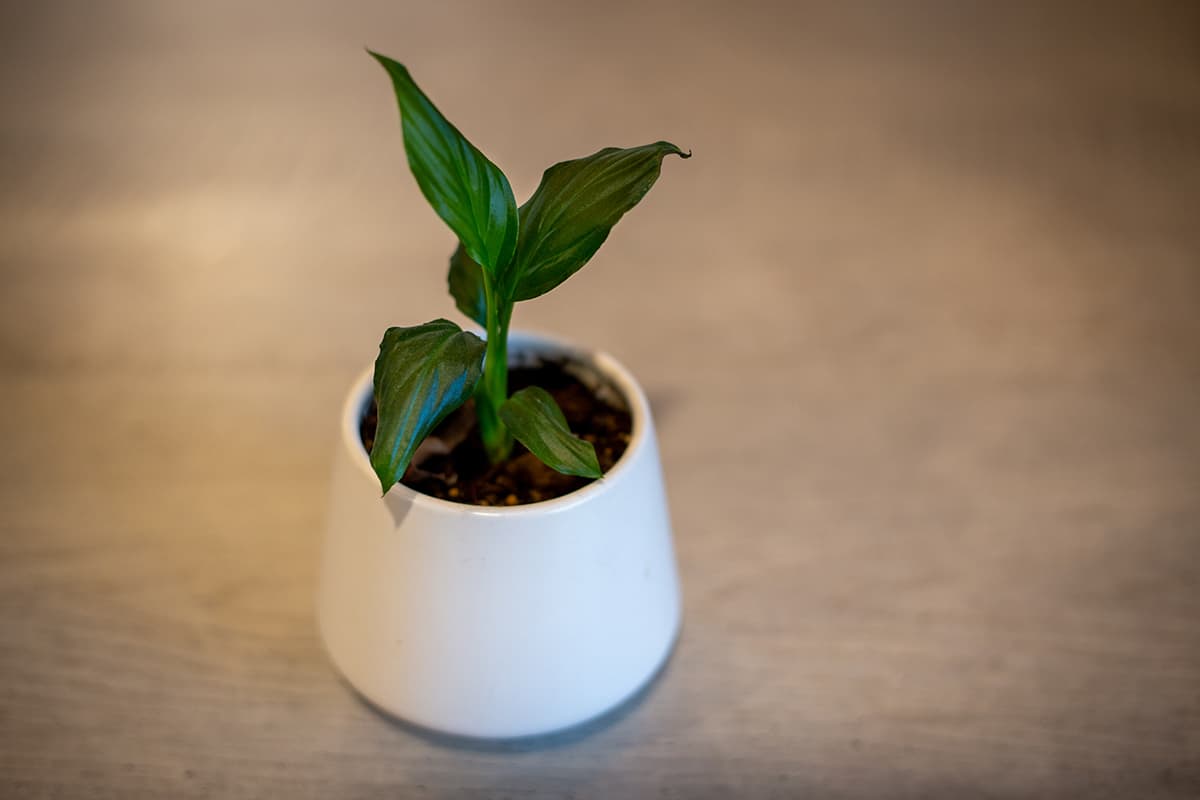
Spathiphyllum thrives in well-lit areas away from direct sunlight, ensuring a robust growth. You can propagate it with ease, using division, to multiply your collection.
To propagate, gently remove your Peace Lily from its pot. Look for sections with at least two leaves and separate them at the roots. Use clean, sharp tools to avoid damaging the plant. Plant each section in fresh potting soil, keeping the soil moist to encourage root development.
Caring for your new Peace Lilies involves keeping the soil consistently damp. They prefer high humidity, so a bathroom or kitchen can be an ideal location. Monitor light exposure to prevent scorching your plant’s leaves. Within weeks, you should see new growth indicating successful propagation.
Its air-purifying qualities and visual appeal are reasons enough to start propagating it this February.
Swiss Cheese Plant (Monstera Adansonii)
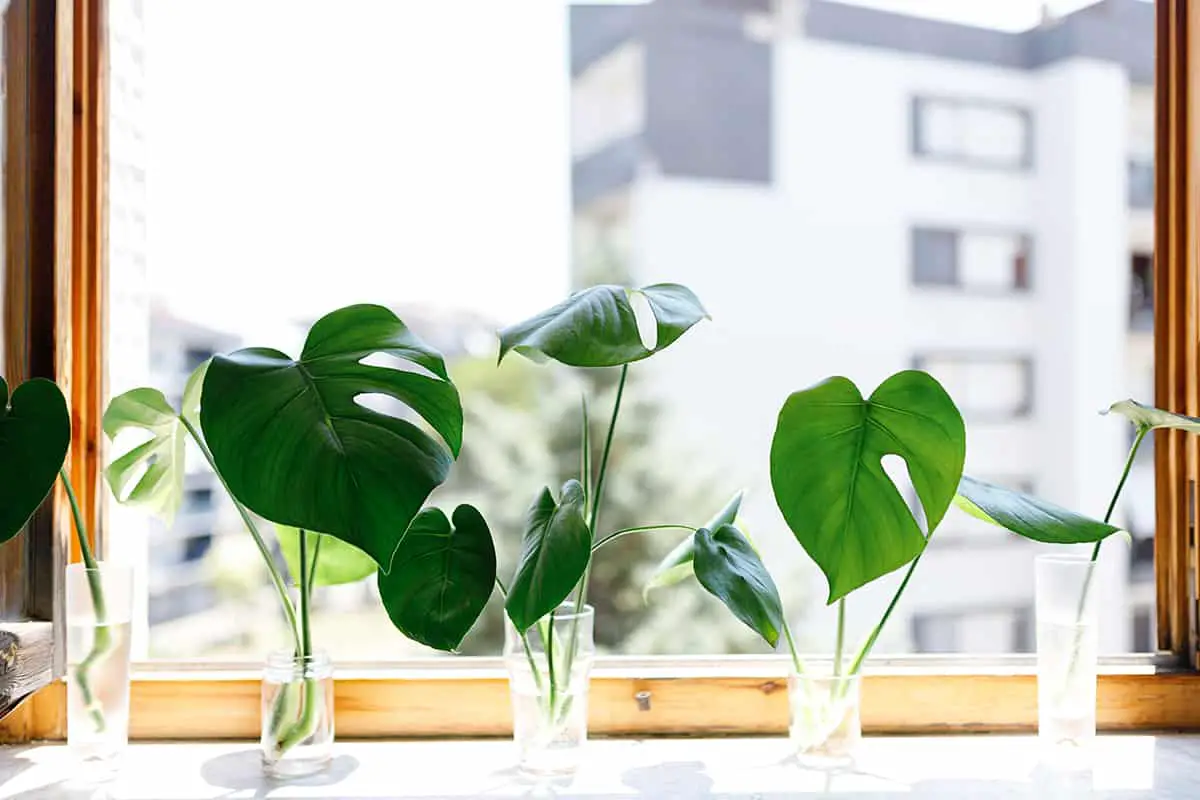
You can quickly multiply your collection with cuttings from a healthy Monstera Adansonii in February.
Start with a healthy vine. Look for stems with at least two nodes, as these spots give rise to roots. Cut just below a node. Place the cutting in water to encourage root growth. Ensure you change the water weekly to keep it fresh.
Once roots appear, usually after a few weeks, you’re ready to pot your Monstera Adansonii. Use a well-draining soil mix and a pot with drainage holes. Your new plant will need bright, indirect light and consistent moisture to thrive.
Watch for new growth as a sign of a happy Swiss Cheese Plant.
Wandering Jew (Tradescantia)
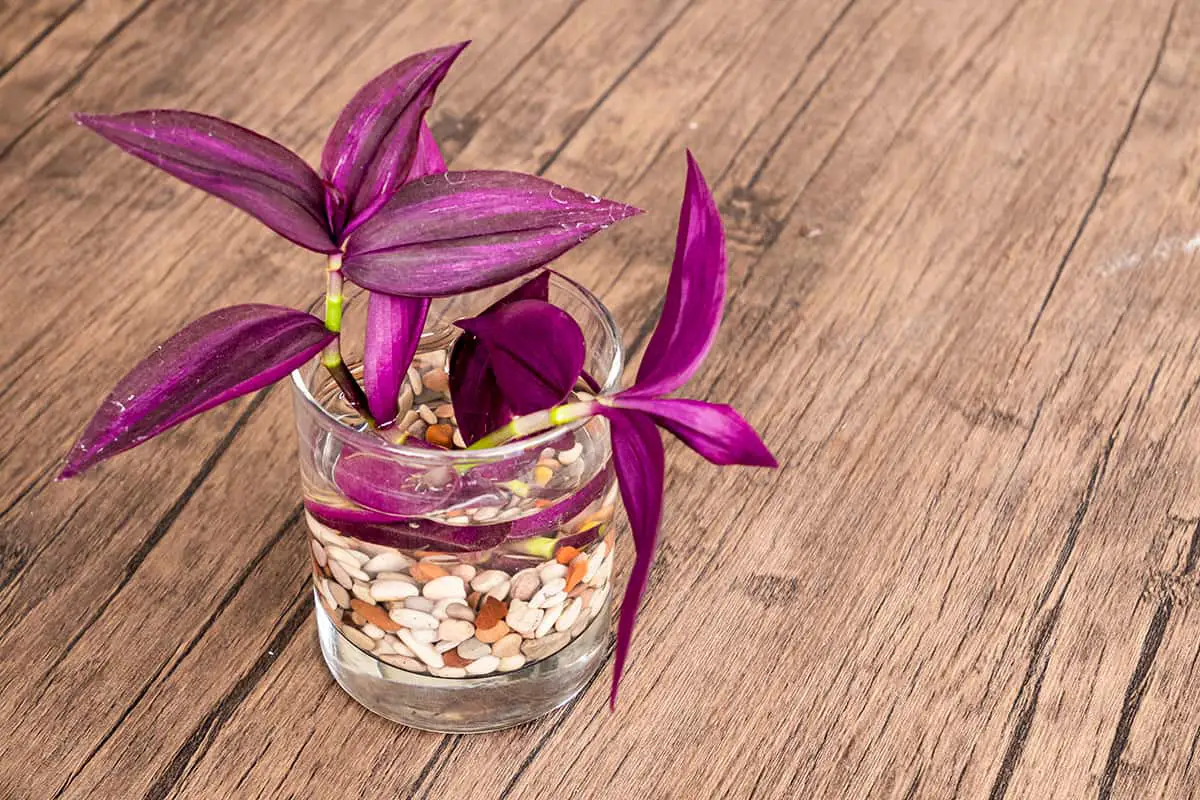
The Wandering Jew (Tradescantia), a hardy perennial is ideal for propagation in February. Your home benefits from its vibrant foliage. With cuttings, you can easily multiply your collection.
To propagate, snip stems just below a leaf node. Choose healthy sections about 4 to 6 inches long. Remove leaves from the bottom half. This allows clear stem for rooting.
Place the cuttings in water. Ensure no leaves are submerged. Natural light and warm temperatures aid rooting. Your cuttings should develop roots in a week or two.
Once roots form, plant your cuttings in potting soil. Water them to keep the soil moist. Not soggy, just damp. Your Wandering Jew thrives in indirect light. Rotate the pot for even growth.
This plant’s care is simple. With regular pruning, your plant stays full and lush. It prevents legginess. If you notice growth slowing, check for adequate light.
Remember, Tradescantia plants are sensitive to overwatering. Its soil should dry slightly between watering.
English Ivy (Hedera Helix)
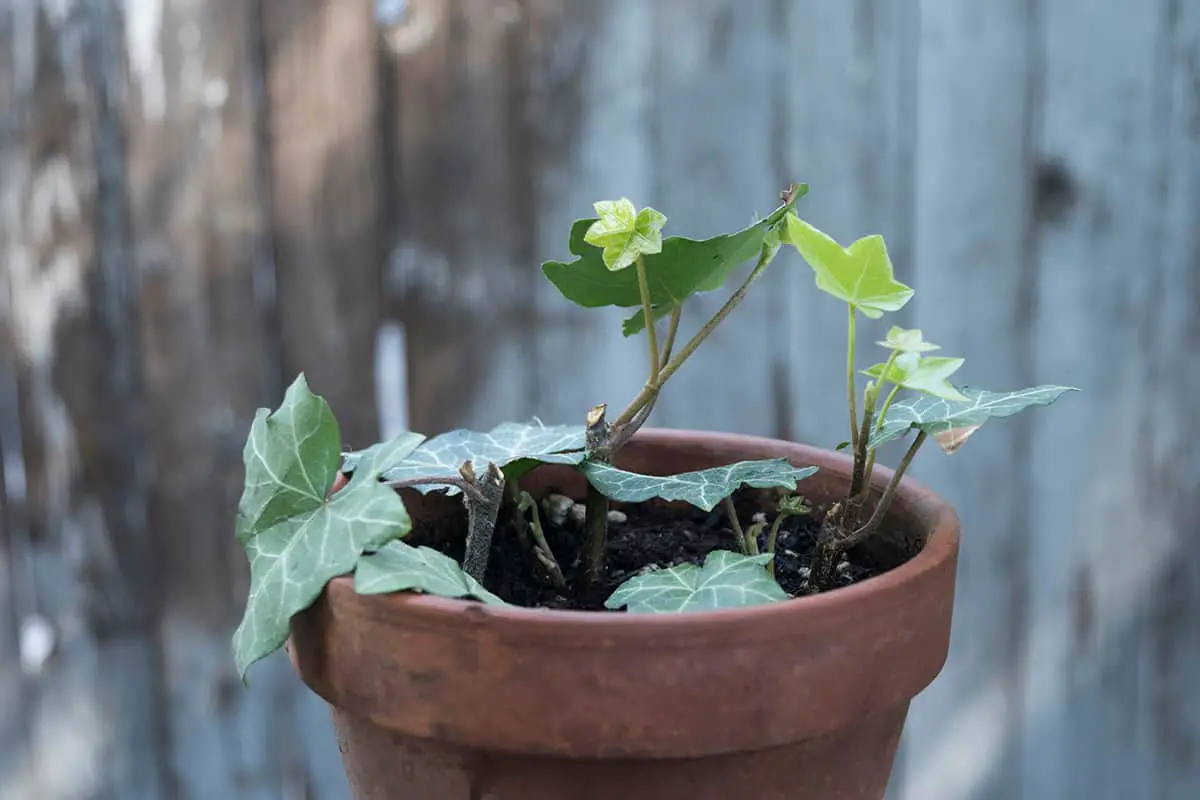
In February, you can propagate English Ivy easily. This plant thrives indoors under certain conditions. Ensure good air circulation and avoid crowding for optimal growth. English Ivy prefers cool to moderate room temperatures, ideally between 50 to 70 °F during the day and slightly lower at night.
English Ivy requires a nutritious growing medium. A commercial houseplant potting mix works well. Make sure your pot has adequate drainage. Overwatering can harm the plant, so water it only when the soil feels dry to the touch.
Propagate English Ivy using stem cuttings. Cut a 4- to 5-inch-long shoot with a sharp knife. Remove the leaves from the lower part of the stem. It’s recommended to use a rooting hormone for better results. You can root the cuttings in perlite or coarse sand. Insert them so that about 1 to 1½ inches is submerged in the rooting medium.
Sunlight is vital for your English Ivy, but direct sun can damage it. Choose a spot with bright, indirect light.
Heartleaf Philodendron (Philodendron Hederaceum)
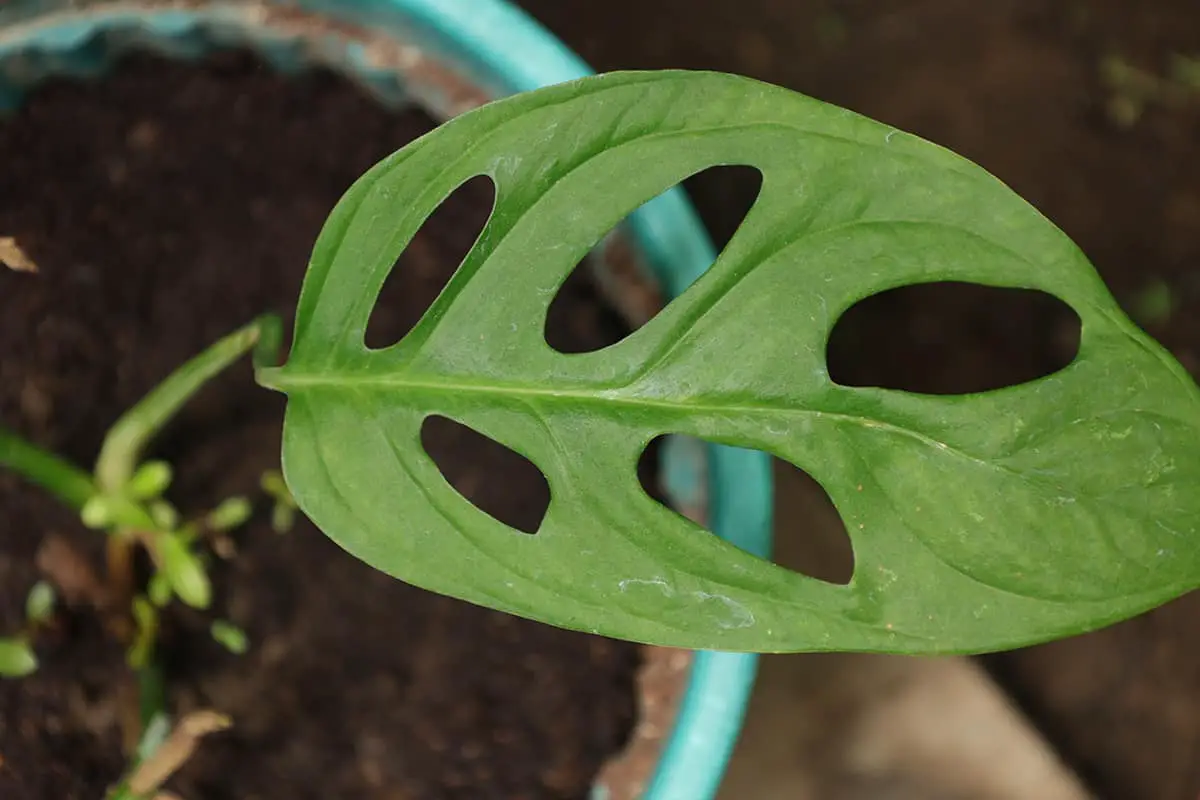
You will find this vining plant thrives indoors with its dark green, heart-shaped leaves. It is a versatile option for plant enthusiasts to propagate this Feb.
Place your Heartleaf Philodendron in medium, indirect light. Ensure the soil is moist but never soggy. You’ll want to water when the top inch feels dry.
To propagate, select a healthy stem. Cut just below a leaf node with clean scissors. Remove the lower leaves and place them in water or soil.
Expect new growth within a few weeks. Maintain moderate home temperatures and fertilize lightly during the growing season. Your Heartleaf Philodendron will reward you with a lush cascade of foliage.
String Of Pearls (Senecio Rowleyanus)
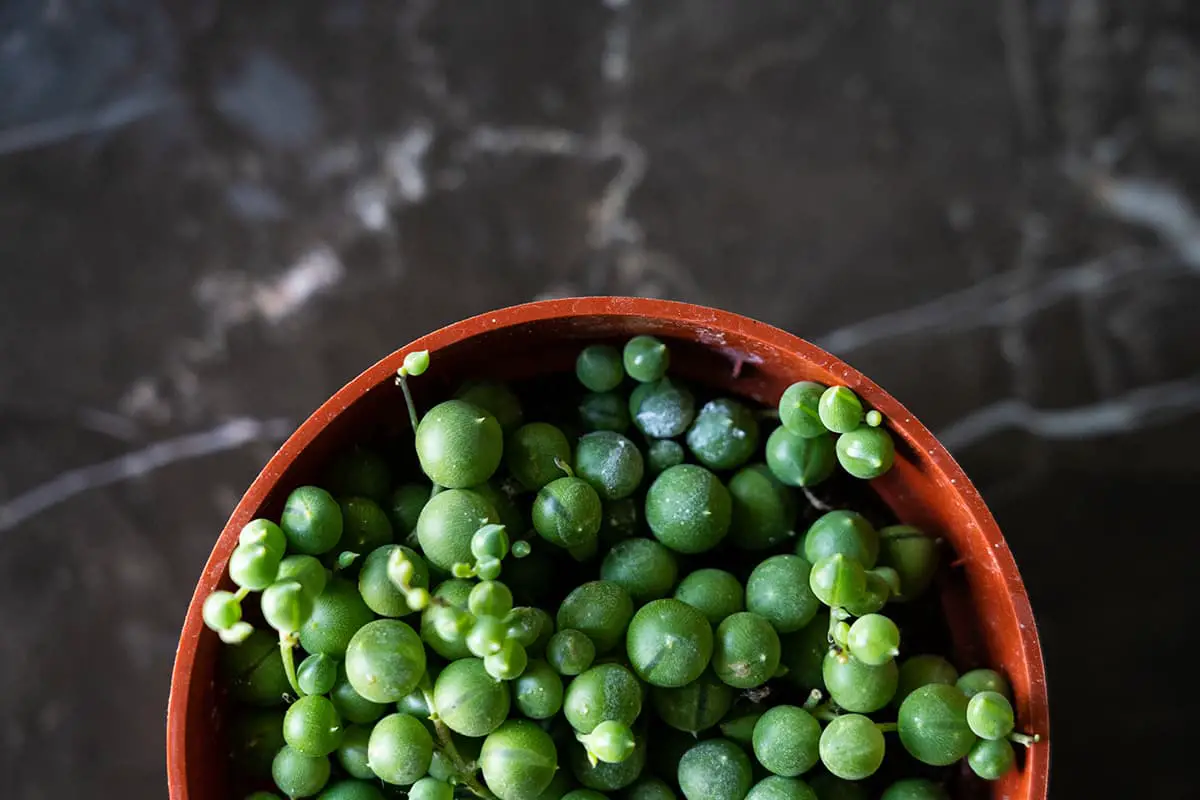
Your String of Pearls thrives in February’s propagation-friendly conditions. Here’s how to propagate this unique plant.
Cut a stem piece about 3-4 inches long. Make sure it has a few leaves. Remove the leaves near the cut end. This creates a bare stem to plant. Insert this stem end into moist potting soil. Press it down gently to secure it but ensure the soil is not too compact.
Keep the pot in a bright spot without direct sun. Sunlight that’s too harsh can damage the delicate cuttings. Moisture is key, so regularly mist the soil surface. This prevents overwatering. Overwatering can lead to rot, a common issue for succulent plants like Senecio Rowleyanus.
Root formation usually starts within a few weeks. You should notice new growth indicating successful propagation. Patience is important as your plant takes root. Once established, the plant requires little upkeep.
Remember, a warm and dry climate suits your String of Pearls best. It’s a succulent that doesn’t need a lot of water. This makes it perfect for bright indoor spaces. Ensure there’s good air circulation around your plant. This promotes healthy growth and prevents pest issues.
Aloe Vera
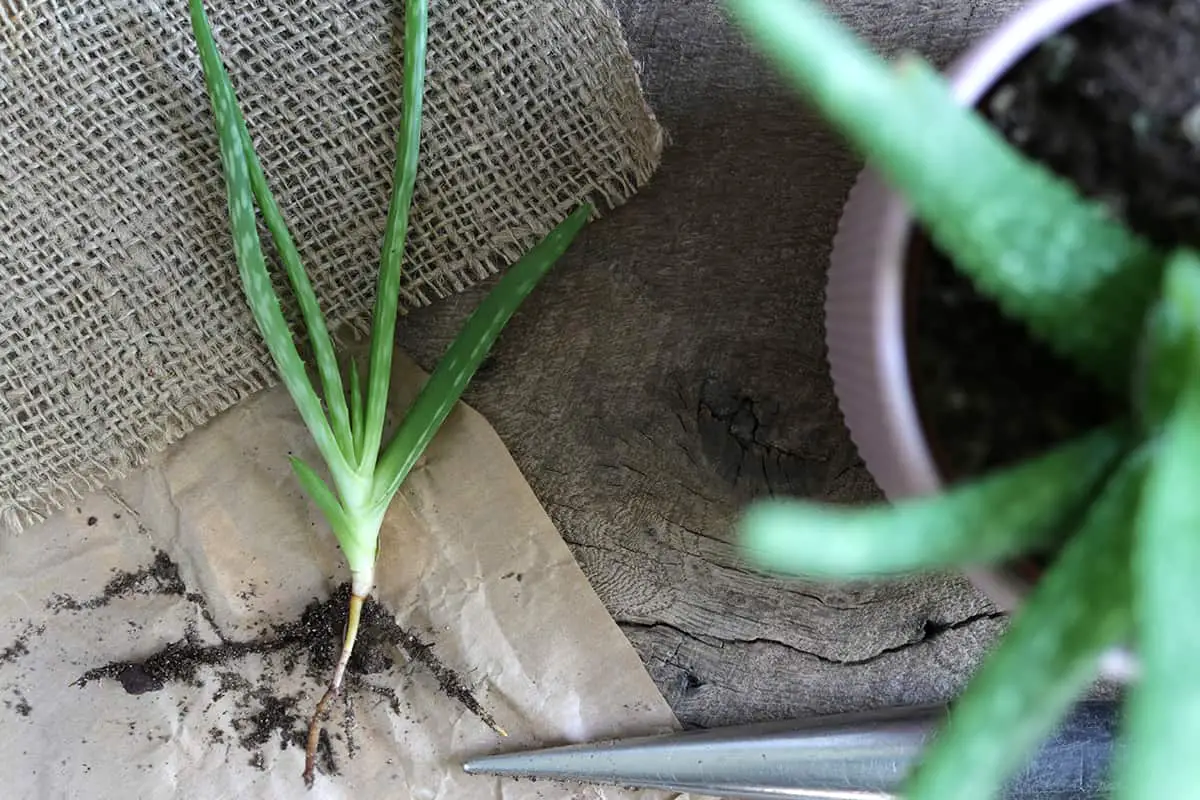
February’s cooler temperatures create an ideal environment for starting new Aloe plants from cuttings or offsets. You should choose a healthy, mature Aloe leaf close to the plant’s base.
When you cut the leaf, use a sharp, clean knife. Make the cut close to the stem to increase your chances of successful propagation. After cutting, let the leaf rest for several days to develop a callous over the cut surface. This prevents rot and infection.
Once the leaf has calloused, plant it in a pot filled with well-draining soil. Aloe Vera prefers dry conditions, so water sparingly. The soil should feel dry to the touch before you water again. Give your Aloe Vera plenty of sunlight. It thrives in bright, indirect light.
Propagating Aloe Vera not only expands your plant collection but can also rejuvenate your existing plant. It encourages the parent plant to produce new growth.
Begonia

You can easily multiply your collection of Begonia in February. Start by choosing between vegetative or seed methods.
For quick results, opt for vegetative propagation. You need a mature plant’s stem or leaf cuttings. This method leads to new plants resembling the parent.
If you favor a challenge, try seed propagation. It takes longer but is rewarding. Wax Begonia and Tuberous Begonia have different seed sizes and germination needs. Understand the seed specifics for success.
For healthy new begonias, follow these steps. Trim a piece of the parent plant. Use a sharp knife for a clean cut. For seeds, sow them in a well-draining medium. Ensure consistent moisture until germination.
Christmas Cactus (Schlumbergera)
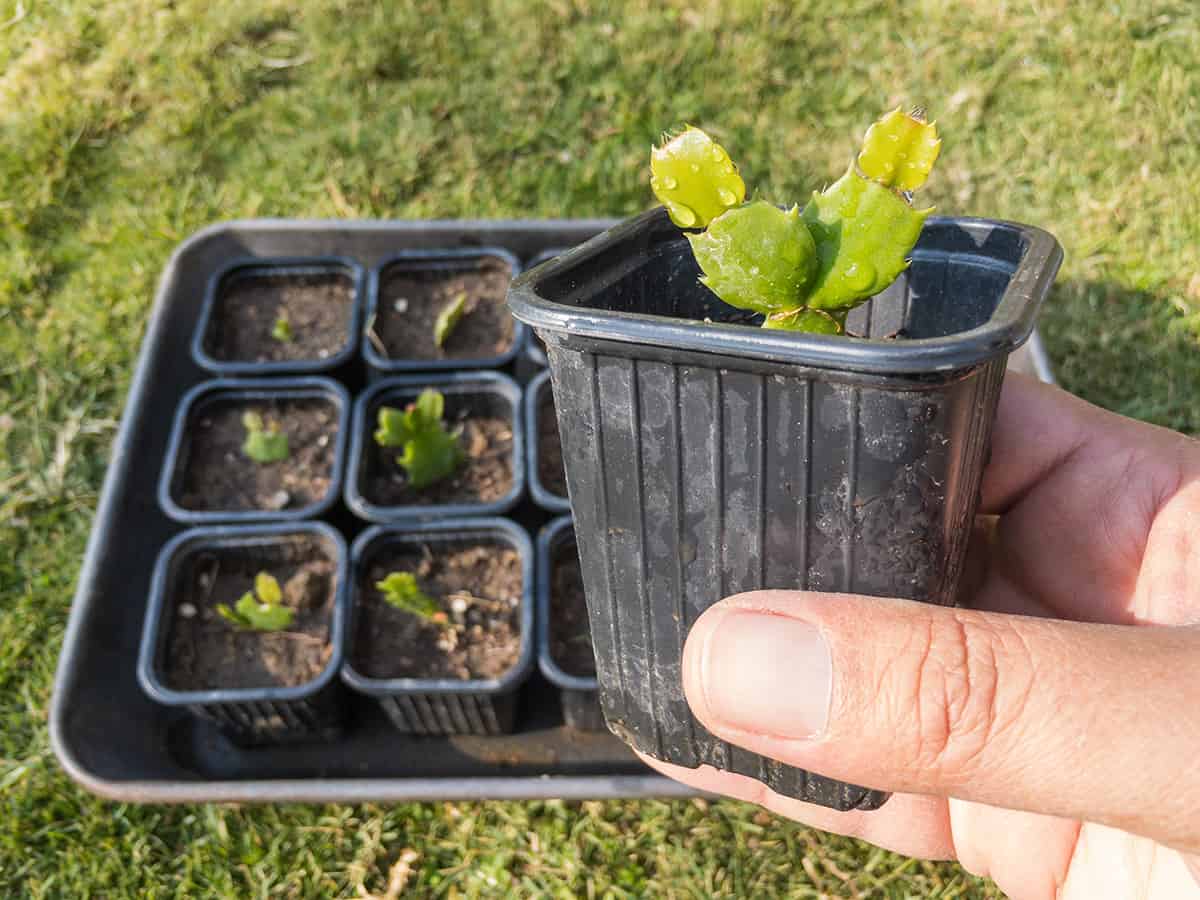
The Christmas Cactus is known for its vibrant blooms. And yes, you can easily propagate this plant in February. Start with a healthy segment of stem or leaf. Make a clean cut with a sharp knife.
To root your cuttings, use a well-draining potting mix. Ensure it’s kept moist but not waterlogged. Place the cutting in indirect light.
Your Christmas Cactus will need some patience to root. Within a few weeks, you should notice growth. Remember to only water when the top inch of soil feels dry.
For best results, keep your Christmas Cactus in bright, indirect light. It thrives in temperatures from 60-70°F. Fertilize sparingly during active growth periods.
